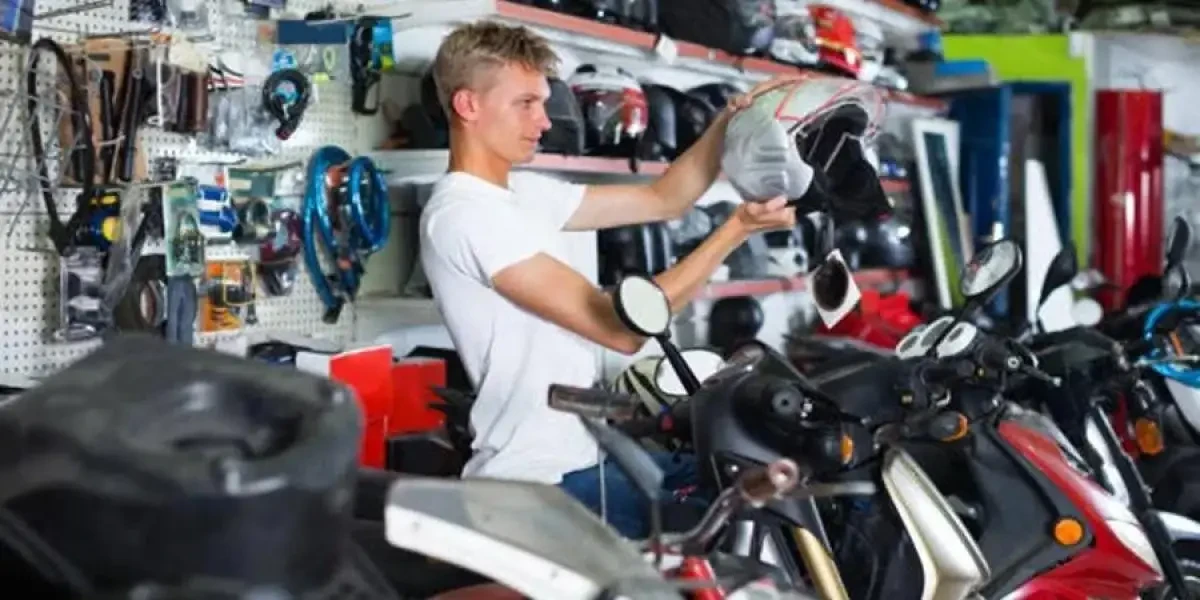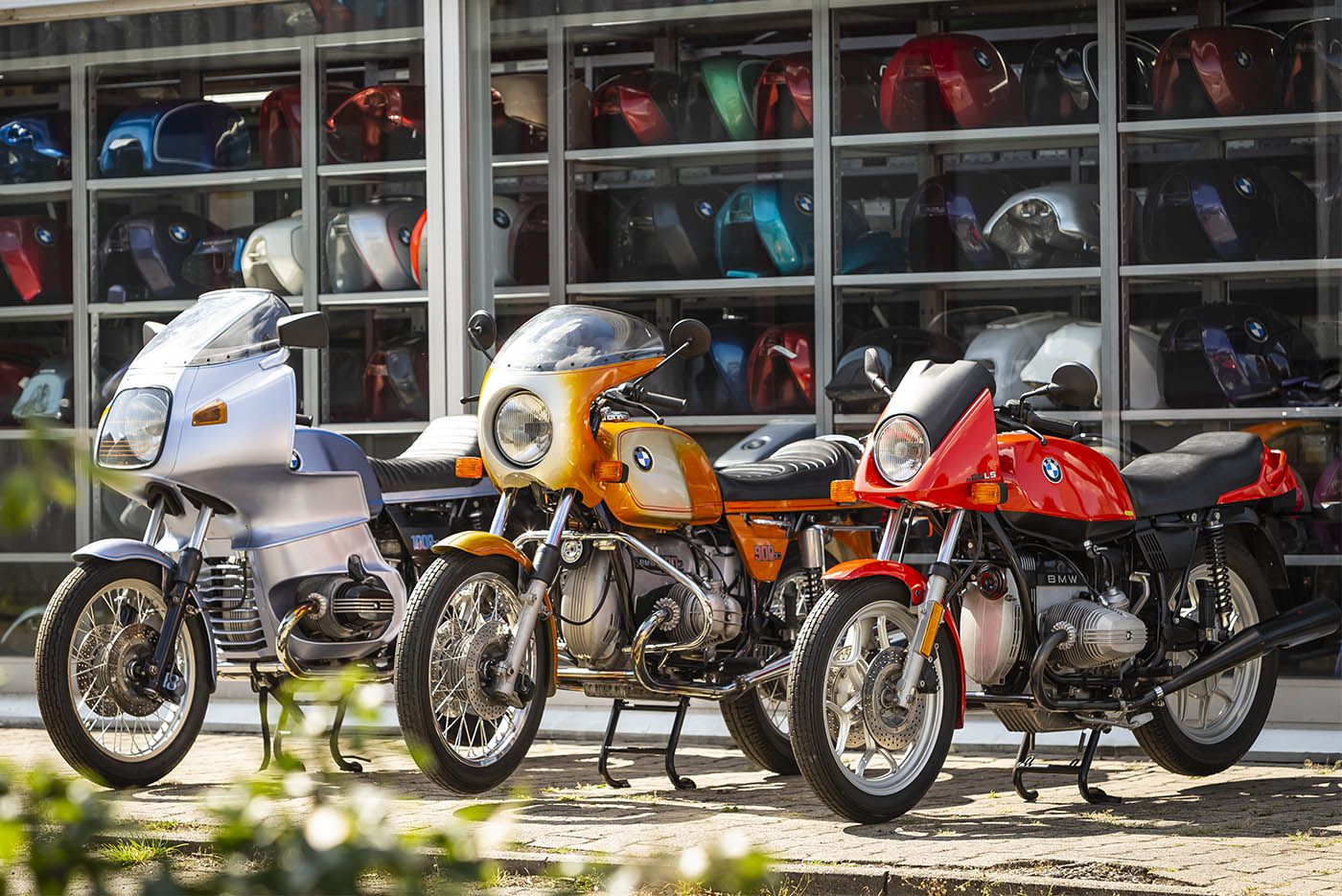Shop the very best MX Parts NZ for Your High-Performance Bike
Shop the very best MX Parts NZ for Your High-Performance Bike
Blog Article
Comprehending the Important Parts of a Motorcycle: A Comprehensive Guide for Fanatics
For motorcycle fanatics looking to elevate their riding experience and ensure their bikes run efficiently, comprehending the necessary elements of a bike is critical. Each aspect, from the engine's elaborate operations to the critical role of the stopping devices, not just impacts performance however also safety and comfort.
Engine Elements

The camshaft plays an essential role in regulating the timing of the engine's valves, making certain the specific opening and closing needed for efficient fuel and air consumption, along with exhaust expulsion. This timing is essential to maintaining ideal engine performance and efficiency. Furthermore, the carburetor or fuel injection system, depending upon the bike version, is responsible for mixing air with gas in the correct proportion for combustion.
The air conditioning system, either air or liquid-based, functions to keep the engine's temperature level within operational limitations, protecting against getting too hot and making sure longevity - motocross gear nz. Each element, diligently created and incorporated, adds to the seamless procedure of the engine, defining the motorcycle's power output and overall performance
Transmission System
Important to the motorcycle's capability, the transmission system ensures effective power transfer from the engine to the wheels. This system makes up numerous crucial parts, consisting of the clutch, gearbox, and final drive, each playing a crucial duty in translating the engine's power right into movement. The clutch, generally run by a hand lever, offers to involve and disengage the engine from the transmission, enabling smooth equipment adjustments and regulated velocity.
The transmission, commonly referred to as the transmission proper, has a set of gears that cyclists can manually move via to readjust the bike's speed and torque output. These gears are organized in a series that makes it possible for the bike to increase smoothly and preserve optimal engine efficiency throughout different speeds. Many bikes make use of a consecutive gearbox, calling for the rider to change equipments in an established order.
Braking Systems
While understanding the transmission system is essential to utilizing a bike's power, just as vital is the capacity to manage and quit that power successfully, which is where stopping mechanisms enter into play. Brakes are important for security and performance, supplying the cyclist with the required control to navigate different terrains and conditions. Commonly, motorbikes include two sorts of stopping systems: disc brakes and drum brakes.
Disc brakes are extra prevalent in modern-day motorcycles due to their exceptional performance. They are composed of a brake disc, caliper, and pads. When triggered, the caliper presses the brake pads against the spinning disc, transforming kinetic power right into heat, thus slowing down the wheel. This system uses far better warm dissipation, regular efficiency, and enhanced stopping power, especially in wet problems.
Conversely, drum brakes, though much less usual, are still discovered in some motorcycles. They function by pushing brake footwear against the internal surface area of a drum connected to the wheel. While usually much less efficient in warmth dissipation and quiting power, drum brakes are simpler and much more economical.
Comprehending these stopping systems' nuances enables cyclists to keep their motorbikes correctly and appreciate the engineering that guarantees secure and efficient quiting.
Suspension and Guiding
Suspension and steering systems are important parts that substantially affect a motorcycle's handling and experience comfort. The shock absorber, including forks at the front and shock absorbers at the rear, soaks up roadway abnormalities, boosting stability and Source control. Front forks, upside down or generally telescopic, compress and rebound to minimize effects, while rear shock absorbers maintain tire contact with the road, vital for grip and security.
Steering, focused around the handlebars, connects the cyclist to the motorcycle's directional control. The guiding head bearings make certain smooth procedure, enabling specific maneuverability. Appropriate positioning and upkeep of these bearings are important for foreseeable guiding feedback and reducing rider exhaustion.
The suspension's adjustability is another vital aspect; preload, damping, and rebound setups permit customization to fit different riding problems and styles. This adaptability is necessary for enhancing efficiency, whether browsing city roads or dealing with rugged routes. Innovations like digital suspension systems provide real-time adjustments, enhancing trip top quality throughout diverse surfaces.

Electric Solutions
After making sure a controlled and smooth trip through efficient suspension and steering systems, attention turns to the electric systems, a critical element of modern-day bikes. These systems play an important duty not just in starting the engine yet likewise in powering different components that enhance the functionality and security of the bike.
At the heart of a bike's electric system is the battery, which shops electrical power needed for beginning the engine and powering supporting systems - mx parts nz. The alternator or generator, combined with the rectifier-regulator, guarantees the battery remains billed while the motorcycle functions, converting power into electrical energy and maintaining voltage degrees
The ignition system, another critical component, is accountable for sparking the air-fuel mix in the engine's cyndrical tubes. Modern bikes commonly use an electronic ignition system, providing higher effectiveness and reliability contrasted to standard systems.
Lighting systems, consisting of fronts lights, tail lights, and indications, are also crucial, making sure visibility and safety and security for the cyclist. Added electronic parts such as sensors, control systems, and displays get redirected here contribute to sophisticated features like fuel injection monitoring, anti-lock stopping systems (ABS), and electronic dashboards, additionally enhancing the riding experience.
Verdict
An extensive understanding of a motorbike's vital elements, including the engine, transmission system, braking mechanisms, suspension, guiding, and electric systems, is essential for lovers aiming to enhance comfort, safety and security, and performance. Mastery of these aspects permits informed decisions pertaining to maintenance and upgrades, ultimately enhancing the riding experience. By integrating this knowledge, bikers can ensure their motorbikes run at peak efficiency and reliability, thereby maximizing both enjoyment and long life of their lorries.
For bike fanatics looking to raise their riding experience and guarantee their bikes run efficiently, recognizing the essential components of a motorbike is vital.Essential to the bike's performance, the transmission system ensures efficient power transfer from the engine to find out here the wheels.While understanding the transmission system is crucial to using a bike's power, just as important is the capacity to control and stop that power efficiently, which is where braking systems come into play. Generally, motorbikes feature 2 kinds of braking systems: disc brakes and drum brakes.
A complete comprehension of a bike's crucial parts, including the engine, transmission system, braking mechanisms, suspension, steering, and electric systems, is essential for enthusiasts intending to enhance safety, convenience, and efficiency.
Report this page